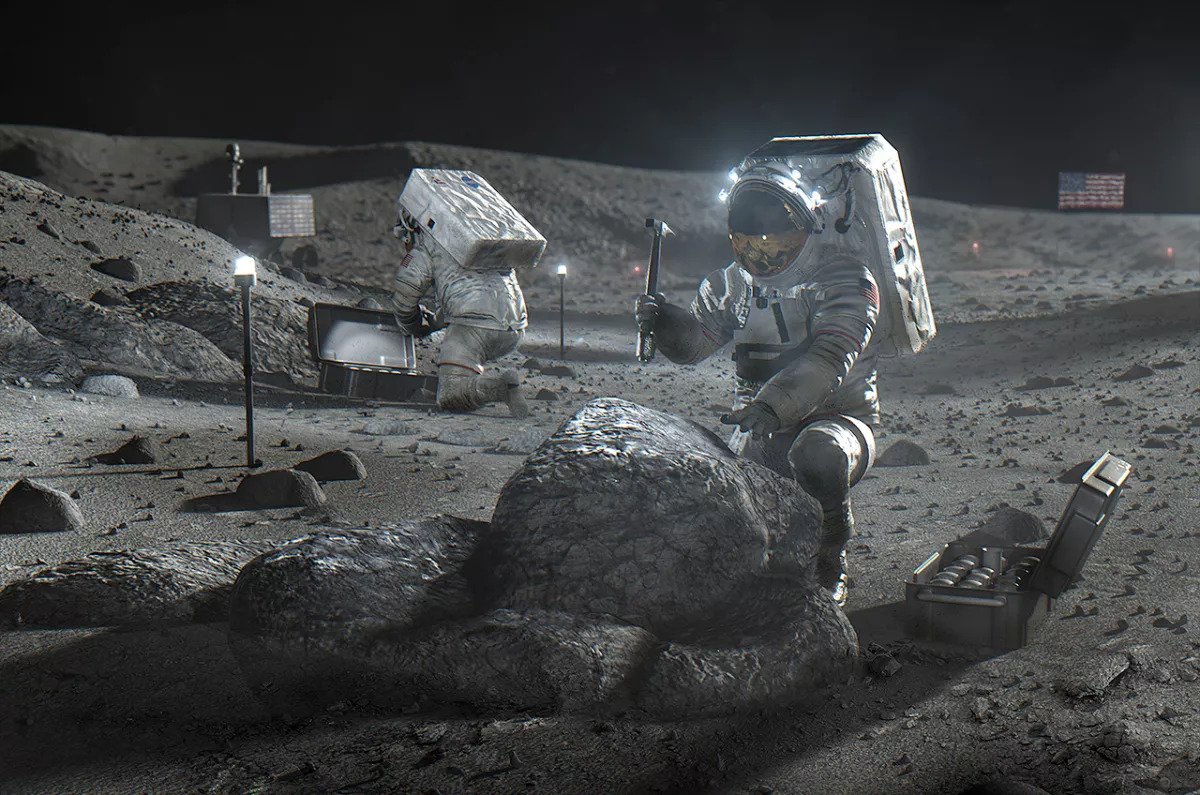NASA is worried that 22 missions from different countries, which are planned in the next four years, may damage the landing sites of the Apollo spacecraft, which are the cultural heritage of all mankind. They propose to attract maximum diplomatic efforts to preserve them.

How to save Apollo landing sites
NASA’s Office of Technology, Policy and Strategy recently published its report on the possible risks that could result from an increase in the number of automated and manned missions to the Moon in the coming years. One of the central places in it is dedicated to the preservation of the landing sites of the Apollo spacecraft and the Surveyor probe intact.
Experts have estimated that in the next four years, 22 vehicles from different countries should land in a month. Most of them are directed to the region of the south pole of the Moon, but some may land in other places. This is a cause for concern, because the operation of their engines can destroy the traces left by the first people who set foot on the surface of our moon.
In the USA, they are considered a heritage of world significance. And back in 2011, NASA published recommendations on the choice of landing sites for future missions, which make it impossible to harm these historical objects. And the points where the astronauts of the Artemis program will step on the surface of the moon of our planet fully meet them.
Diplomatic side of the issue
The only problem is that not all the missions planned on the Moon will be carried out by NASA. And if it is relatively easy to negotiate with American private companies, then it will be more difficult to persuade other states to adjust their missions.
Fortunately, many countries are members of the Artemis Agreements, which provide for the preservation of cultural heritage. But there is nothing but general phrases in the document signed by the participants. Therefore, the published report says that it is necessary to extend the norms in force in the United States and to them.
To this end, it is proposed to intensify diplomatic efforts both in relation to those countries that have signed the Artemis Agreements, and in relation to those that are not parties to them. Great hopes in this regard are pinned on the support of the US State Department.
The report also drew attention to a number of other problems related to the increase in the number of monthly missions. Experts are concerned about the consequences of activities on the surface of the Moon, radio frequency interference and areas on the surface with special characteristics.
According to www.space.com
Follow us on Twitter to get the most interesting space news in time
https://twitter.com/ust_magazine

